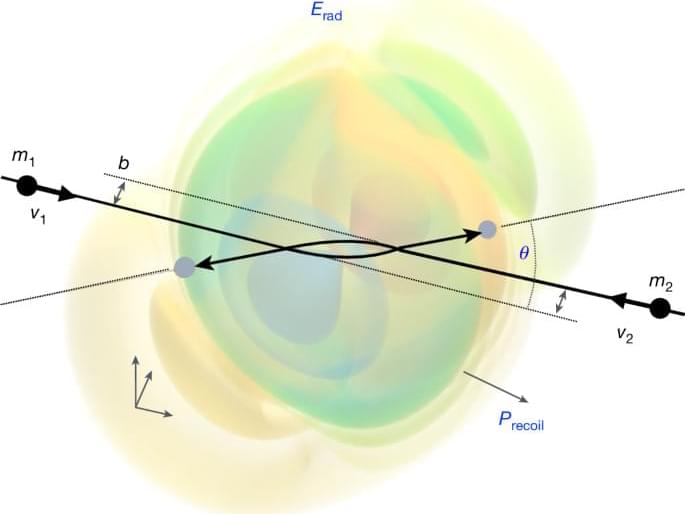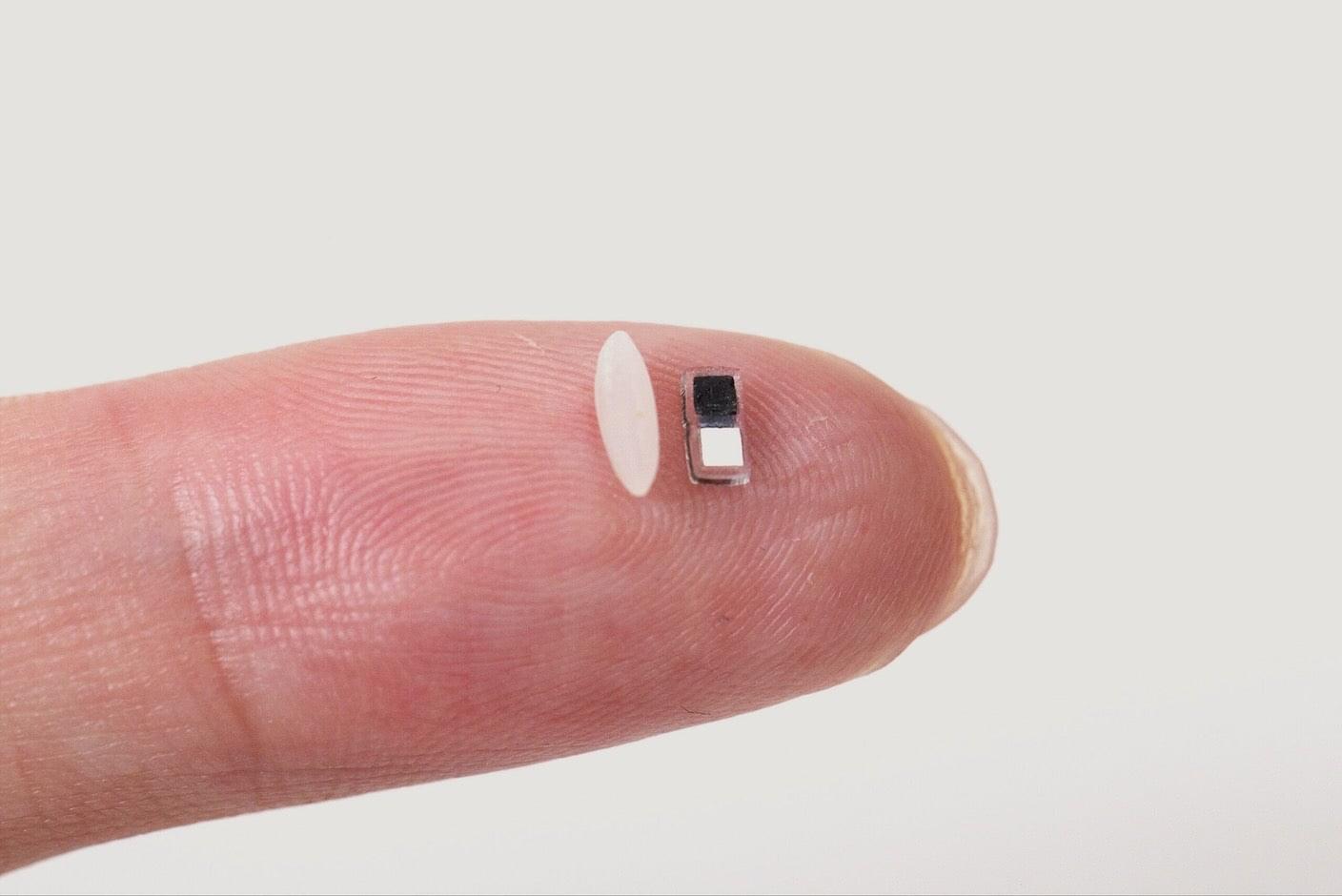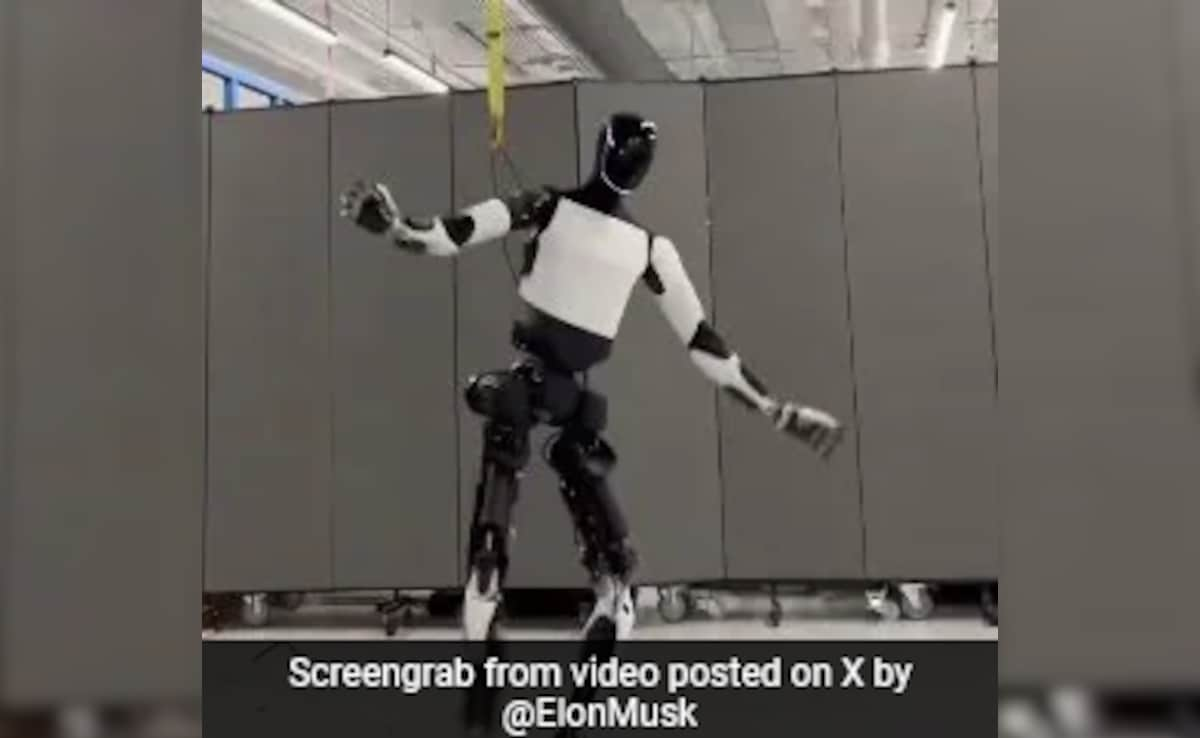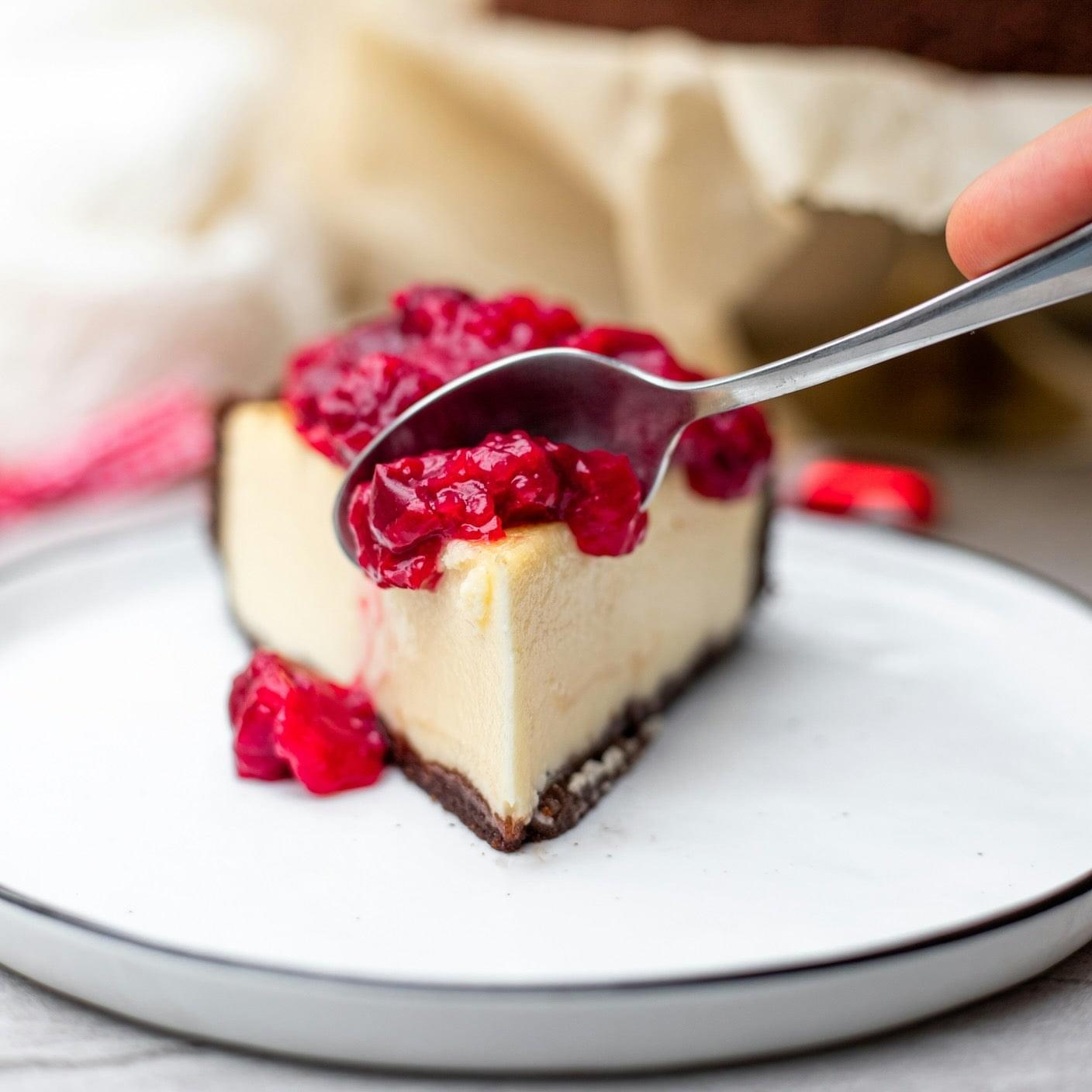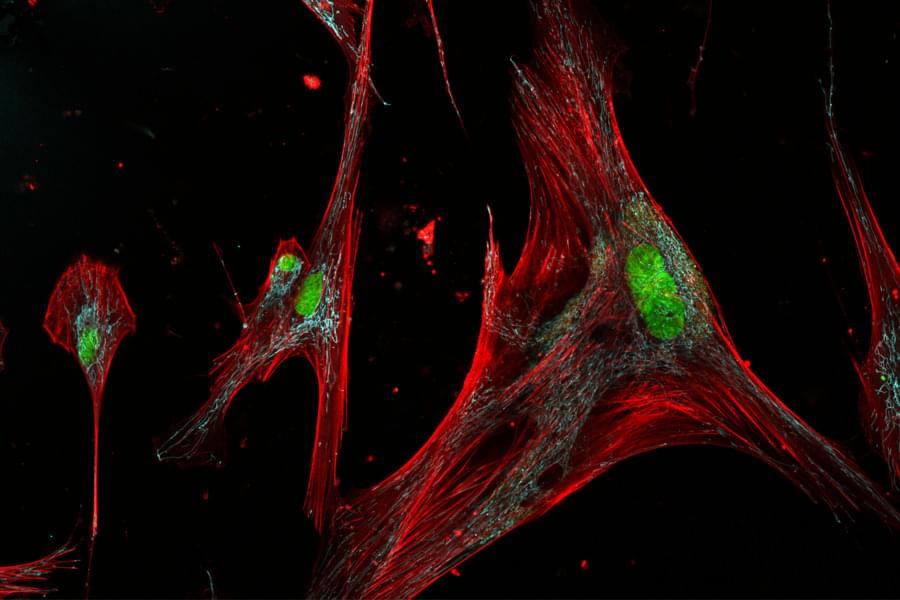A new, highest-precision analytical result for solving the gravitational two-body problem of black hole or neutron star scattering reveals the emergence of Calabi–Yau manifolds in the solution to the radiated energy in these encounters.
The minimally invasive device fits in a syringe, is controlled by pulses of light, and melts away after use.
Optimus, Tesla’s humanoid robot, can dance like a human, a new video shared by CEO Elon Musk shows.
The viral clip, posted on X, features the robot moving with impressive fluidity, flaunting some cool human-like dance moves.
Musk shared the video without a caption, later adding, “This is real, real-time.”
The small device contains a slurry of chemicals representing primary flavors and mixes them together to mimic the taste of coffee, lemonade, and more.
A biotech startup from the U.S. is aiming to reshape the construction industry with the launch of a groundbreaking new material that mimics the look and feel of natural wood while outperforming high-grade steel in strength and durability.
Maryland-based firm InventWood, revealed that their engineering wood product called Superwood is a result of molecular-level transformation that turns natural wood into a material up to a dozen times stronger and 10 times tougher than its original form.
These AI’s won’t just respond to prompts – although they will do that too – they are working in the background acting on your behalf, pursuing your goals with independence and competence.
Your main interface to the world will, as it is today, be a device; a smartphone or whatever replaces it. It will host your personal AI agent, not a stripped-down thing with limited capabilities of knowledge. It’s a sophisticated model, more capable than GPT-4 is today. It’ll run locally and privately, so all your core interactions are yours and yours alone. It will be a digital Chief of Staff, an extension of your will, with a separate initiative.
In Alan Kay’s visionary Knowledge Navigator video from 1987, we saw an early, eerily prescient depiction of an AI-powered assistant: a personable digital agent helping a university professor manage his day. It converses naturally, juggles scheduling conflicts, surfaces relevant academic research, and even initiates a video call with a colleague — all through a touchscreen interface with a calm, competent virtual presence.
Researchers identified three types of zombie skin cells; only one gets worse with age. Researchers have identified three subtypes of senescent skin cells with distinct shapes, biomarkers, and functions – an advance that could equip scientists with the ability to target and kill the harmful types while leaving the helpful ones intact.
Senescent skin cells, often referred to as zombie cells because they have outlived their usefulness without ever quite dying, have existed in the human body as a seeming paradox, causing inflammation and promoting diseases while also helping the immune system to heal wounds.
New findings may explain why: Not all senescent skin cells are the same. They were published today in the journal Science Advances.
New 4D bioprinting lets tissues change shape and grow stronger, bringing science closer to real, working lab-grown organs.
